
SEPTEMBER 21, 22, 23, 2021
IVT VIRTUAL LIVE FEBRUARY 9 & 10, 2021
PROCEEDINGS NOW AVAILABLE TO VIEW
ON DEMAND – CLICK HERE FOR ACCESS
Times stated below are CEST (Central European Summer Time)
 Alastair Hayfield
Alastair Hayfield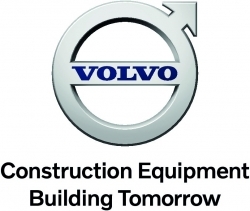 Ahcène Nedjimi
Ahcène Nedjimi Rahul Madhavan
Rahul Madhavan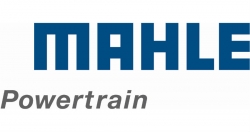 Jonathan Hall
Jonathan Hall Peter Tepfenhart
Peter Tepfenhart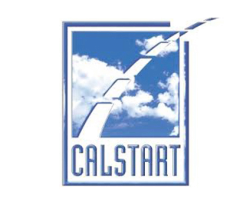 Niki Okuk
Niki Okuk Alex Woodrow
Alex Woodrow Matthieu Desbois-Renaudin
Matthieu Desbois-Renaudin Tomasz Turek
Tomasz Turek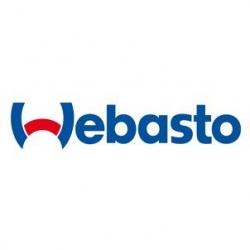 Tom Miller
Tom Miller Dr Bernhard Burkhart
Dr Bernhard Burkhart Ulrich Marl
Ulrich Marl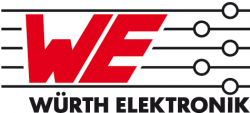 Ludovic Frelin
Ludovic Frelin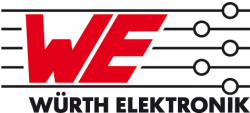 Jean-Baptiste Delcroix
Jean-Baptiste Delcroix Dr Markus Merkel
Dr Markus Merkel Tatiana Minav
Tatiana Minav Dierk Peitsmeyer
Dierk Peitsmeyer Dr Andrea Rimondi
Dr Andrea Rimondi Philippe Reynolds
Philippe Reynolds Jean Heren
Jean Heren Philippe Tottoli
Philippe Tottoli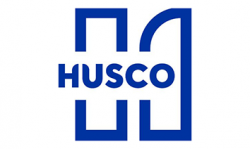 Jason Greenwood
Jason Greenwood Alastair Hayfield
Alastair Hayfield Tess Sicat
Tess Sicat Randy Wingenroth
Randy Wingenroth Niki Okuk
Niki Okuk Tatiana Minav
Tatiana Minav Prof Peter van Duijsen
Prof Peter van Duijsen Dirk Schuhmann
Dirk Schuhmann Dr Markus Merkel
Dr Markus Merkel Damian Backes
Damian Backes Sabine Pretsch
Sabine Pretsch Pietro Boggia
Pietro Boggia Xavier Iraçabal
Xavier Iraçabal Josef Graubmann
Josef Graubmann Ferdinando Mapelli
Ferdinando Mapelli Vijesh Kapoor
Vijesh Kapoor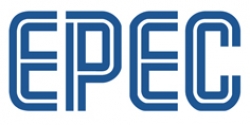 Jyri Kylä-Kaila
Jyri Kylä-Kaila Prof Peter van Duijsen
Prof Peter van Duijsen Dr Hannu Sarén
Dr Hannu Sarén Thomas Vetter
Thomas Vetter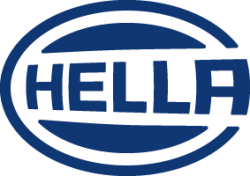 Philipp Formanek
Philipp Formanek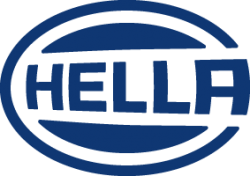 Florian Zölfl
Florian Zölfl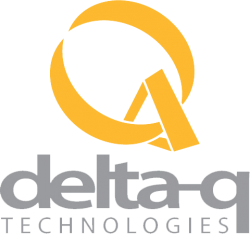 Robert Stavrevski
Robert Stavrevski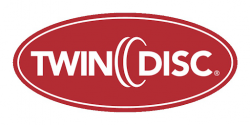 Andy Conaty
Andy Conaty